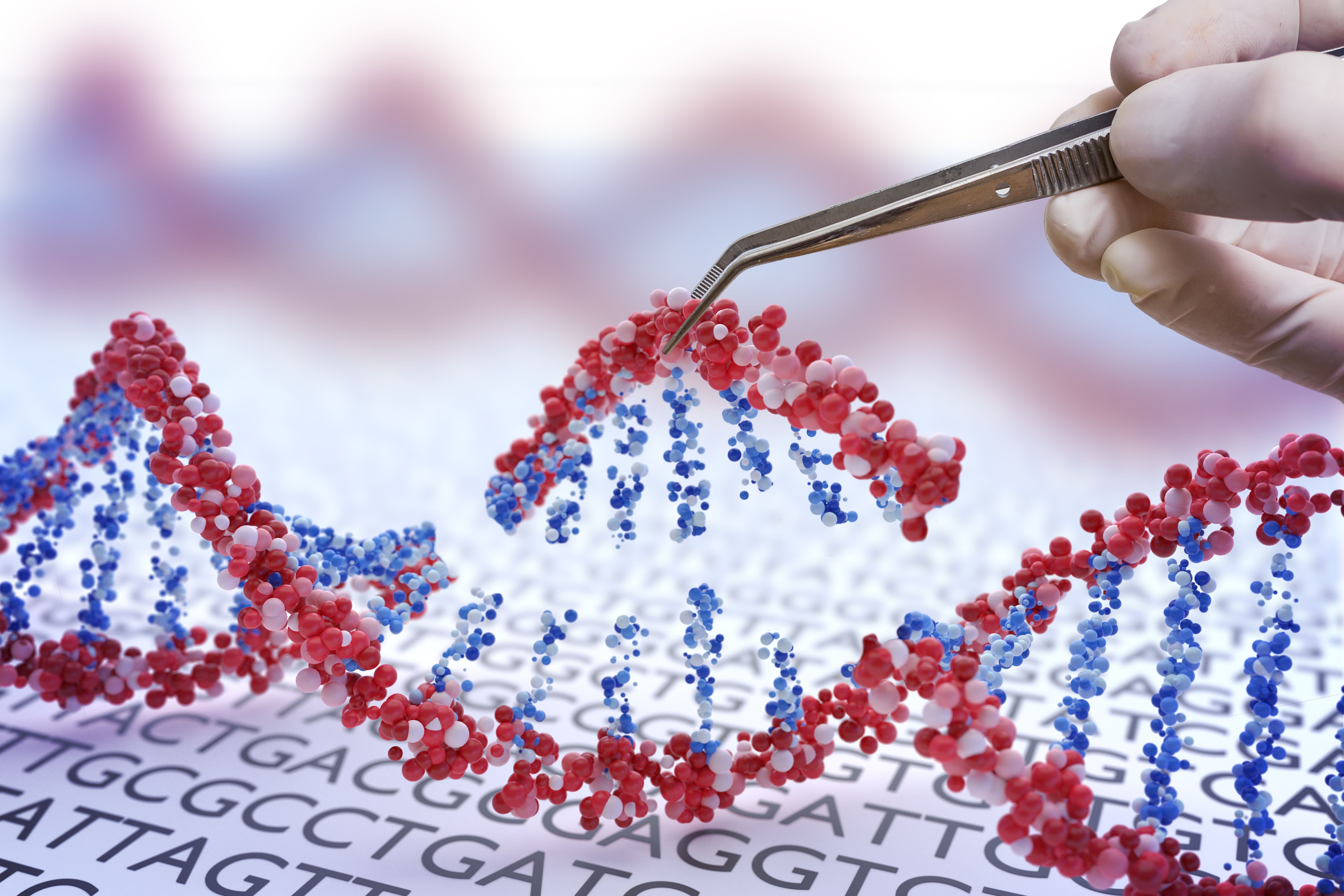News
Article
Delandistrogene Moxeparvovec Fails to Meet Primary End Point in Phase 3 Study
Author(s):
Key Takeaways
- Delandistrogene moxeparvovec showed modest motor function improvement in the EMBARK trial but did not meet the primary endpoint.
- Full FDA approval was granted, supported by secondary endpoint improvements and a consistent safety profile.
Put up against placebo in the phase 3 EMBARK trial, delandistrogene moxeparvovec (Elevidys) did not significantly improve function after 52 weeks.
Details from the phase 3 trial assessing delandistrogene moxeparvovec (Elevidys) for managing Duchenne muscular dystrophy (DMD) have been published, months after Sarepta Therapeutics announced that the drug failed to meet the study’s primary endpoint.1,2
Put up against placebo in the phase 3 EMBARK trial, delandistrogene moxeparvovec did not significantly improve function after 52 weeks. The study findings were published in Nature Medicine.
Delandistrogene moxeparvovec gained initial FDA approval for DMD in 2023, green lit as an accelerated approval for affected children aged 4 to 5 years. This June, that approval was expanded to full approval and to include patients 4 years and older.3,4
Gene therapy, gene editing concept | image credit: vchalup - stock.adobe.com

Results from the phase 3 EMBARK trial helped support the full FDA approval, with topline results from the trial being released at the tail end of 2023. At the time, Sarepta Therapeutics noted that while patients in the trial who received the gene therapy demonstrated improvements in motor function compared with placebo, according to the North Star Ambulatory Assessment (NSAA), the primary endpoint was not achi.
The study included 125 patients, 63 of which received delandistrogene moxeparvovec and 62 who received placebo. Results from the newly published data show that after 52 weeks, patients receiving the gene therapy had an improvement of 2.6 points on the NSAA compared with a 1.9-point improvement among patients who received placebo, a difference of .65 points (95% CI, –0.45 to 1.74; P = .2441).
“The heterogeneity of disease progression is a challenge when designing DMD clinical trials, specifically trials of short duration,” explained the researchers. “Particularly, during ages 4–7 years, motor function and coordination, including ambulation, may be still improving, maintaining or starting to decline from peak function as patients may be in the maturational or the plateau/early-decline phase.”
The researchers noted that patients in the study received corticosteroids daily, which may improve short-term muscle strength and function among patients in this age range, making it difficult for treatment to show an additional benefit.
Key secondary endpoints of the trial included time to rise and 10-meter walk test, results from both of which showed improvements in the favor of delandistrogene moxeparvovec though improvements did not reach statistical significance. At week 52, the least squares mean change from baseline was -0.27 seconds (-0.56 to -0.02) for patients who received the gene therapy compared with 0.37 seconds for those who received placebo (0.08-0.67), a difference of -0.64 seconds (95% CI; -1.06 to -0.23).
Results of the 10-meter walk test showed that between baseline and 52 weeks, there was a least squares mean change of -0.34 seconds (-0.55 to -0.14) for patients who received the gene therapy compared with 0.08 seconds (-0.13 to 0.29) for those who received placebo, a difference of -0.24 seconds (95% CI; -0.71 to -0.13).
Safety data from the trial showed no new safety signals coming from the gene therapy.
“Results from EMBARK Part 1 confirmed that, at week 52, the safety profile of delandistrogene moxeparvovec is consistent with prior experience, and AEs [adverse events] were medically manageable with appropriate monitoring and treatment,” wrote the researchers. “Immune reactions stimulated by theAAV vector are thought to be the primary cause of AEs in systemic AAV gene therapy, and each vector serotype may have a distinctive safety profile.”
There were 675 AEs occurring after treatment with delandistrogene moxeparvovec, compared with 514 with placebo. There were 48 patients (76.2%) of patients receiving the gene therapy who experienced treatment-related treatment-emergent AEs (TR-TEAEs), the majority (83.3%) of which were mild to moderate in severity and most of which (98.3%) resolved. Most of these TR-TEAEs occurred within 90 days of treatment.
References:
- Mendell JR, Muntoni F, McDonald CM, et al. AAV gene therapy for Duchenne muscular dystrophy: the EMBARK phase 3 randomized trial. Nature Med. Published online October 9, 2024. doi:10.1038/s41591-024-03304-z
- Sarepta Therapeutics announces topline results from EMBARK, a global pivotal study of ELEVIDYS gene therapy for Duchenne muscular dystrophy. Sarepta Therapeutics. October 30, 2023. Accessed October 23, 2024. https://investorrelations.sarepta.com/news-releases/news-release-details/sarepta-therapeutics-announces-topline-results-embark-global-0
- Sarepta Therapeutics announces FDA approval of ELEVIDYS, the first gene therapy to treat Duchenne muscular dystrophy. Sarepta Therapeutics. June 22, 2023. Accessed October 23, 2024. https://investorrelations.sarepta.com/news-releases/news-release-details/sarepta-therapeutics-announces-fda-approval-elevidys-first-gene
- FDA expands approval of gene therapy for patients with Duchenne myscular dystrophy. FDA. June 20, 2024. Accessed October 23, 2024. https://www.fda.gov/news-events/press-announcements/fda-expands-approval-gene-therapy-patients-duchenne-muscular-dystrophy





